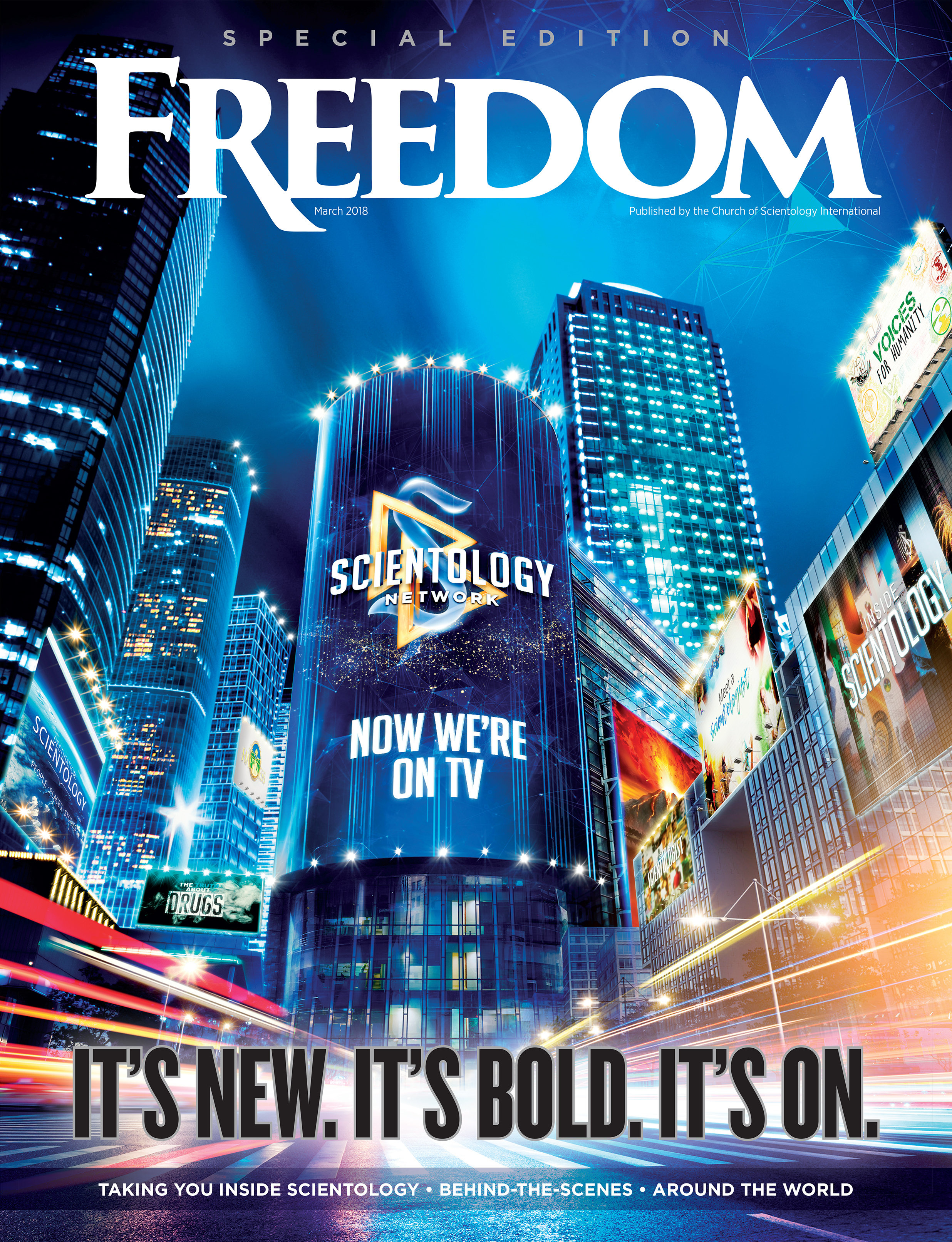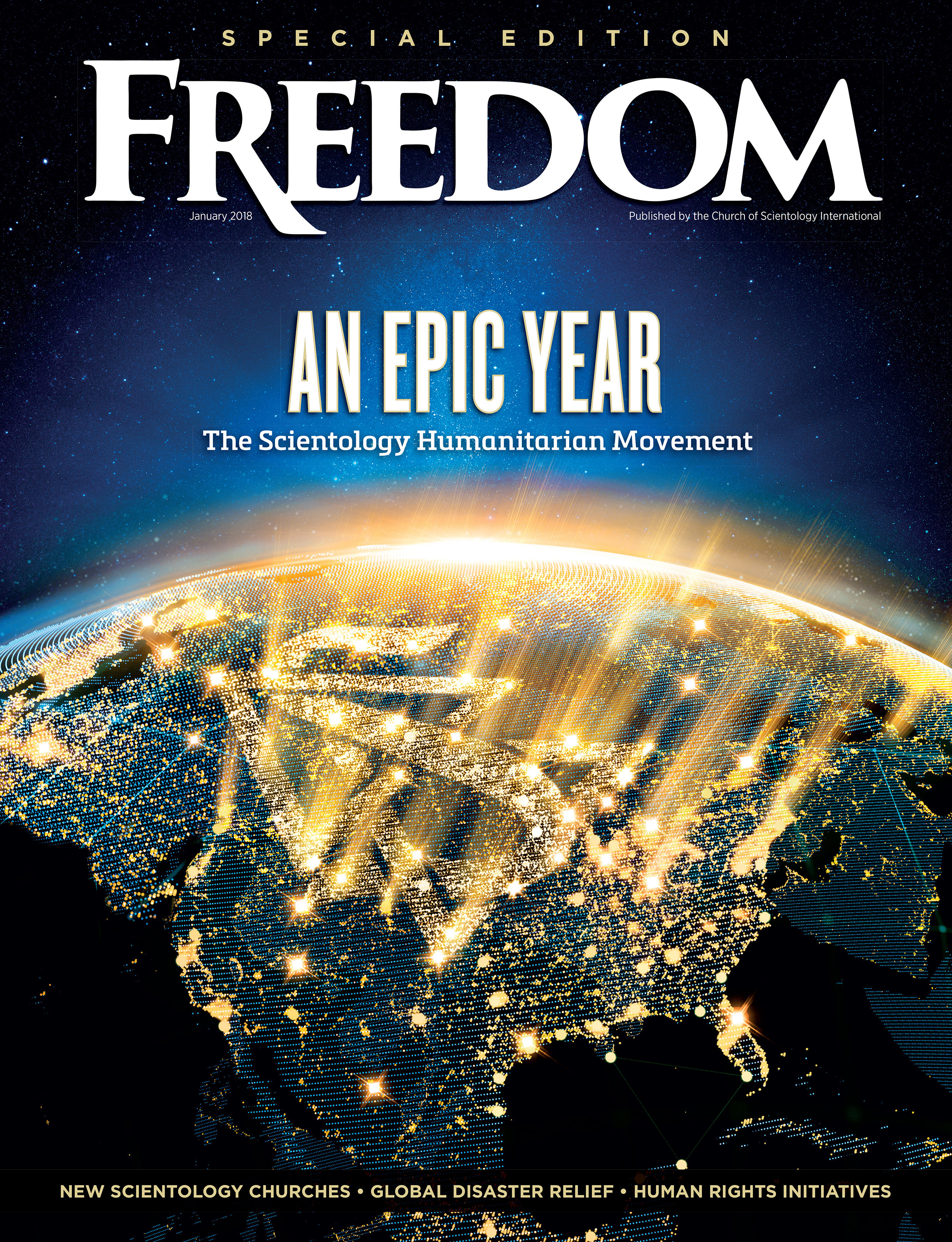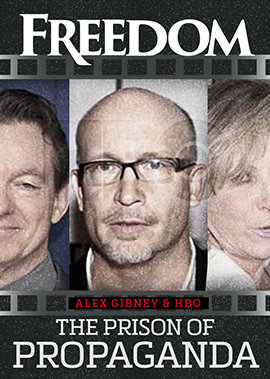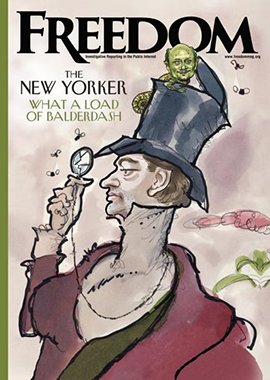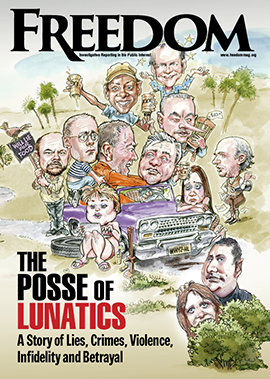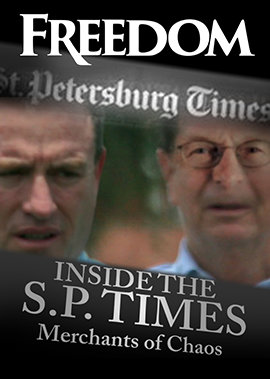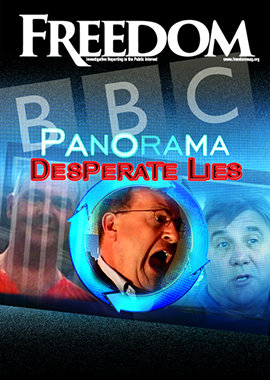Pew Research Center’s most comprehensive project is its Religious Landscape Study (RLS). Encompassing the religious affiliations, beliefs and practices of more than 35,000 Americans, its first two surveys covered 2007 and 2014. The third, just newly released, offers a portrait of religion in 2023–2024 America.
“Religiously unaffiliated” does not necessarily mean religiously numb.
The big takeaway is that the much-hyped decline of Christianity has leveled off. The recent headlines predicting the demise of religion in America—“Church Attendance Has Declined,” “America’s Becoming Less Religious,” “Decline in Religion Doesn’t Bode Well for the Republic”—were based largely on an apparent unstoppable decline of those checking the “Christian” box under “With what religion do you identify?” And if America was losing her majority religion, the pundits reasoned, could other faiths be far behind?
That premise seemed to make sense. After all, from a high of 78 percent of Americans identifying as Christian in 2007, that figure fell precipitously and now sits at 62 percent. But, as Pew points out, the numbers, though lower, have stabilized, hovering between 60 and 64 percent for the past five years.

And there are additional numbers—crucial numbers—that must be taken into account.
One is that 7.1 percent of US adults now identify with a religion other than Christianity—including Judaism, Islam, Hinduism and Buddhism—up from 4.7 percent in 2007.
And Pew offers an additional category that excludes those major world religions. Called “Other non-Christian religions,” it includes the Baha’i Faith, Taoism and Scientology. There, too, the percentages rise from 1.4 in 2007 to 2.2 in 2023–2024.
Faith among us, then, is not necessarily declining so much as diversifying.
But, you say, take a look at this statistic: nearly 30 percent of Americans say they are “religiously unaffiliated.” Well, take a closer look: “Religiously unaffiliated” does not necessarily mean religiously numb—for that “30” is made up of 5 percent atheist, 6 percent agnostic and 19 percent “nothing in particular.”
“Nothing in particular” is a pedestrian, but nonetheless accurate term for those of us who do believe in Something, Someone or Somewhere beyond what we can experience with our physical senses. And the large majority of us do believe, regardless of whether we seek a passport to Heaven or Nirvana, or have no set itinerary at all:
- 86 percent of us believe people have a soul or spirit in addition to a physical body.
- 83 percent believe in God or a universal spirit.
- 79 percent feel there is something spiritual beyond the natural world.
- And 70 percent believe in an afterlife.
All told, 92 percent of Americans believe in one or more of the above.
“Time will tell whether the recent stability in measures of religious commitment is the beginning of a lasting shift in America’s religious trajectory,” Pew’s researchers write.
The answer to the question “What kind of spiritual future awaits America?” is yet to be determined, but if current trends hold true, the nation that describes itself as “under God” will remain so—and for generations to come.







